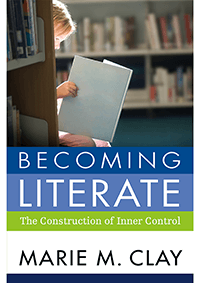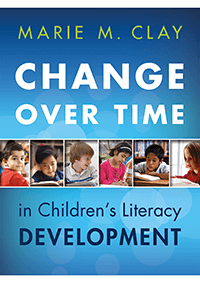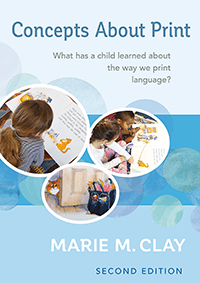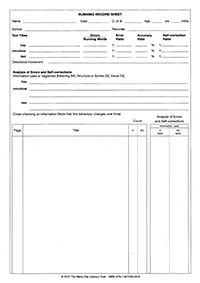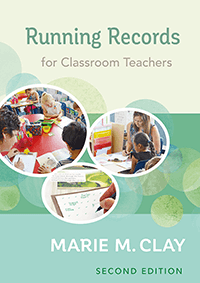
An Observation Survey of Early Literacy Achievement 4th ED
4th Edition
What are young children learning as they engage with literacy instruction at school?
Are they experiencing success or falling behind? How soon can we tell?
An Observation Survey of Early Literacy Achievement, 4th edition, provides teachers and school systems with essential information about how to assess young children's progress in literacy learning.
The six tasks of the Observation Survey are used by teachers across the world to explore children's knowledge of early reading and writing, to monitor progress, guide instruction and reliably identify children for supplementary assistance.
The tasks are:
- Observation task for Concepts About Print
- Taking records of reading continuous texts - Running Records
- Observation task for Letter Identification
- Observation task for Word Reading
- Observation task for Writing Vocabulary
- Observation task for Hearing and Recording Sounds in Words (Revised)
This fourth edition of Marie Clay's seminal text includes two important new developments:
- a revised task for assessing children's phonemic awareness and sound-letter knowledge is more sensitive to different rates of progress and to the difficulties some children might have
- updated norms for five of the Observation Survey tasks will enable teachers and schools to more accurately monitor and compare the progress of five-to-seven-year-old children across different aspects of literacy learning.
The observation procedures arose from a theory of how children learn to manage the complex task of learning to read and write continuous text. That process is described in Marie Clay's books - Becoming Literate: The Construction of Inner Control; By Different Paths to Common Outcomes and Change Over Time in Children's Literacy Development.
The intervention described in Literacy Lessons Designed for Individuals makes use of these observation tasks.
Research Reports
Pilot study to develop a new version of the Hearing and Recording Sounds in Words task (PDF)
Renorming five tasks of the Observation Survey for New Zealand (PDF)
The digital edition of this publication is intended for reference purposes only, we request that you have already purchased a print copy before ordering.
Only the print version of this text should be used with children.
|
AUD incl GST
|
Add to cart | |
| or more | each |
